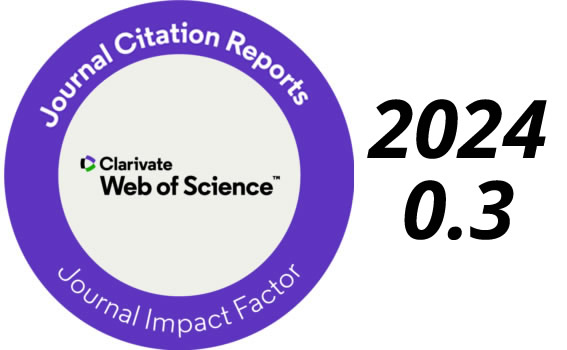Space evolution of turbulent structures over a flexible vegetation area
DOI:
https://doi.org/10.24850/j-tyca-14-02-02Keywords:
Flexible vegetation, phenomenological model, ADV, mixing layer, turbulent structuresAbstract
In a natural or artificial channel, the presence of vegetation at the bottom and on the wall is usual. The effects produced by the presence of this is an alteration of the flow field. The magnitude of the changes in the flow field depends on the extension, height, density, and flexibility of the vegetation. To analyze the turbulent structures in detail in this work, an experimental study was carried out in a laboratory, in a rectangular channel with a section of submerged, flexible and artificial vegetation. The measurement region was located upstream of the vegetation zone until the end of it, in addition, the asymmetry that the presence of the channel wall can induce was determined. The measurements were performed with an Acoustic Doppler Velocimeter (ADV) instrument. The results allow to identify the development of the mixing layer from the average velocity patterns and the Reynolds stress. In the case of the average velocity profiles over the vegetation layer, it was possible to identify an inflection point where Kelvin-Helmholtz instabilities type were identified. In order to analyze the processes in the mixing layer, a phenomenological model is proposed based on the analysis of the curvature of the averaged velocities. In addition, the contribution to the moment transport rate by the identified turbulent structures were determined with a quadrant analysis of fluctuating velocities.
Downloads
Published
How to Cite
Issue
Section
License
Copyright (c) 2023 Tecnología y ciencias del agua

This work is licensed under a Creative Commons Attribution-NonCommercial-ShareAlike 4.0 International License.
By Instituto Mexicano de Tecnología del Agua is distributed under a Creative Commons Attribution-NonCommercial-ShareAlike 4.0 International License. Based on a work at https://www.revistatyca.org.mx/. Permissions beyond what is covered by this license can be found in Editorial Policy.









